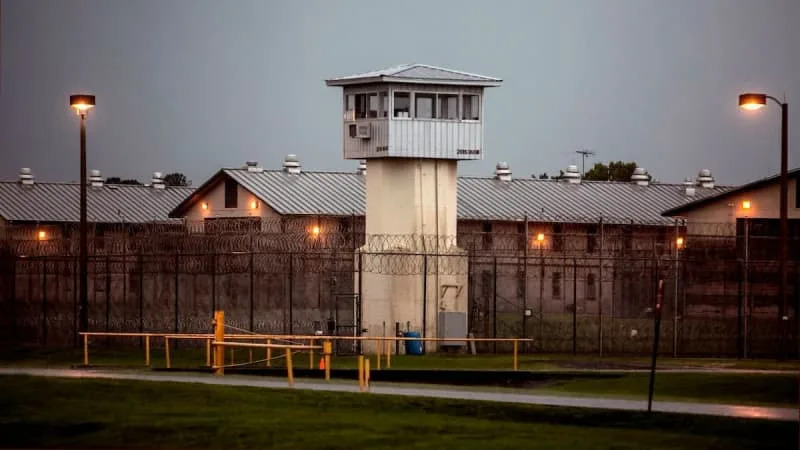
Gov. Ron DeSantis has signed orders to execute more inmates in one year than any other governor in state history.
Edward Zakrzewski, 60, died at Florida State Prison on July 31, marking the state’s ninth execution of the year. A 10th execution is scheduled Tuesday, and an 11th on Aug. 28.
In Florida, the choice of which inmate heads to the execution chamber next is entirely up to the governor, unlike in several other states — including Georgia and Texas — where a judge sets the execution date.
The mystery surrounding Florida’s death row process often boils down to two questions: Why the sudden increase in death warrant signings, and who, if anyone, is helping the governor choose who to execute?
Here’s what to know.
Florida’s death penalty law
In no other state is it easier to send someone to death row than it is in Florida. That’s partly because the state requires the lowest jury threshold to recommend capital punishment.
To be eligible for the death penalty in Florida, a prisoner must be convicted of a capital felony — such as first-degree murder or child rape. The state also must prove at least one aggravating factor, such as premeditation or whether the crime was committed in a particularly cruel manner.
For many years, a 7-5 majority was all it took to send a defendant toFlorida’s death row. A U.S. Supreme Court ruling in 2016 struck down the state’sdeath penalty law, leading lawmakers to require unanimity.
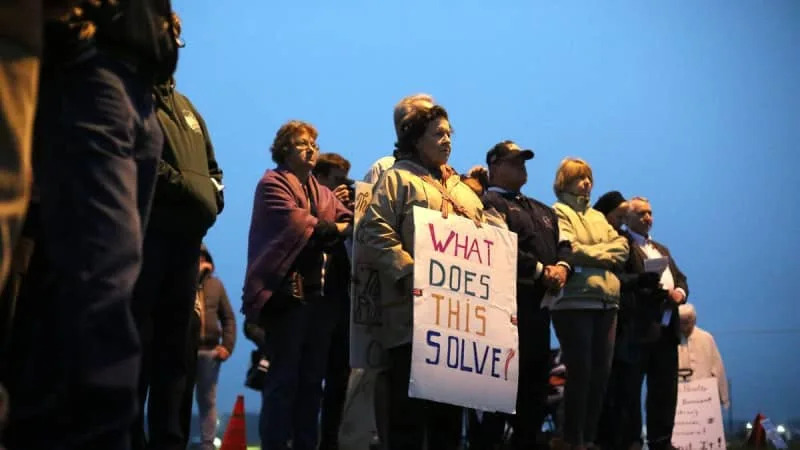
In 2023, though, DeSantis signed a bill that lowered the threshold to an 8-4 vote. Of the 27 states that allow the death penalty, 23 mandate unanimous jury decisions. Alabama requires a 10-2 vote, while Missouri and Indiana allow judges to impose the penalty if a jury isn’t able to reach a unanimous decision.
What happens after a death sentence?
The condemned spend an average of 19.2 years on death row between the time they commit a crime and the time they are executed, according to data from the Florida Department of Corrections. The national average in 2025 is 22.4 years, according to the Death Penalty Information Center.
Those executed in Florida within the past 10 years spent an average of 27.6 years on death row, according to a Tampa Bay Times analysis.
There are 261 inmates on Florida’s death row. On average, inmates are about 48 years old when they are put to death, according to the state Department of Corrections. The oldest inmate awaiting execution is 81.
Once an inmate is sentenced to death, their case is transferred to the public defender’s office, which handles the initial appeal, said Gerod Hooper, chief assistant at Capital Collateral Regional Counsel, part of a state agency responsible for appointing lawyers to defend death row inmates in their final appeals.
The appeal is filed to Florida’s Supreme Court before it goes to the Capital Collateral Regional Counsel’s office, Hooper said.
Their office has one year toinvestigate the case andfile to overturn the conviction.
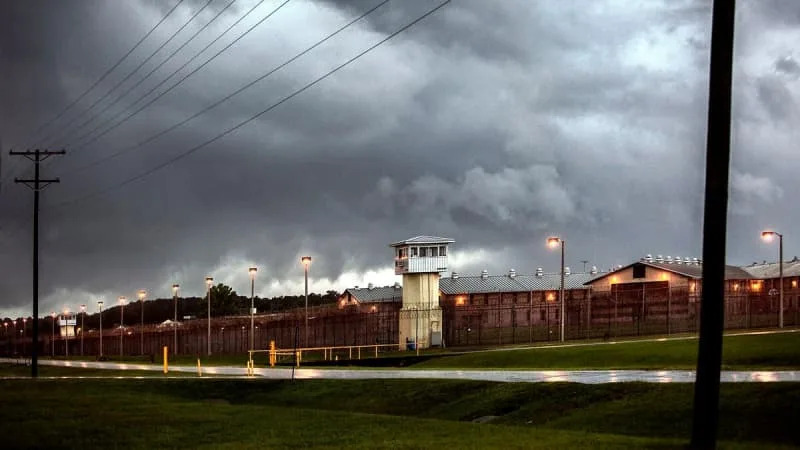
Florida holds the record for most inmates exonerated from death row, with 30 since 1973, according to the Death Penalty Information Center, a Washington, D.C.-based nonprofit that studies capital punishment. Florida inmates sentenced to death are also eight times more likely to have their sentences overturned than to be executed.
Once all appeals are exhausted, it’s up to the governor to decide when the inmate shoulddie.
“More people die of old age, suicide and sickness than get executed,” Hooper said.
The last legal proceeding to occur before a death warrant can be signed is called a clemency hearing, in which the governorcan reduce a defendant’s sentence or issue a pardon.
A Florida governor hasn’t granted clemency in a capital case since 1984.
Moving toward a record
Eighteen people have been executed since DeSantis took office in 2019.
Between 2020 and 2022, Florida did not execute a single person. In 2023, when DeSantis sought the Republican presidential nomination, the state carried out six executions — the highest in a year of his term until 2025.
Hooper said hewonderswhether political motives or pressure from Washington are driving DeSantis’ surge in executions.
“We’ve tried to get information into the process, and we haven’t been able to do it,” he said.
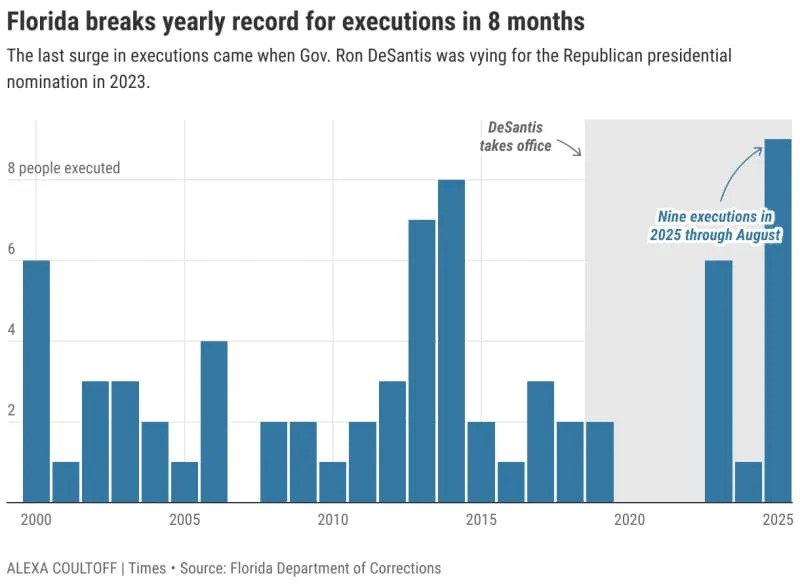
Hooper said he makes lists about whom DeSantis might sign a warrant for next, based on criteria including how many victims there were, whetherthe victims were children or whether the victims were cops. He said he’s been wrong every time.
“Obviously, the governor doesn’t sit there going through 300 people on death row and decide who he’s going to sign on,” he said. “Why they select, we have no idea.”
Former Republican Gov. Rick Scott holds the record for most executions during his term, sentencing 28 inmates to death in eight years. Former Republican Gov. Jeb Bush falls close behind at 21.
At an average of two executions a monthso far this year, DeSantis is on track to beat Scott’s record.
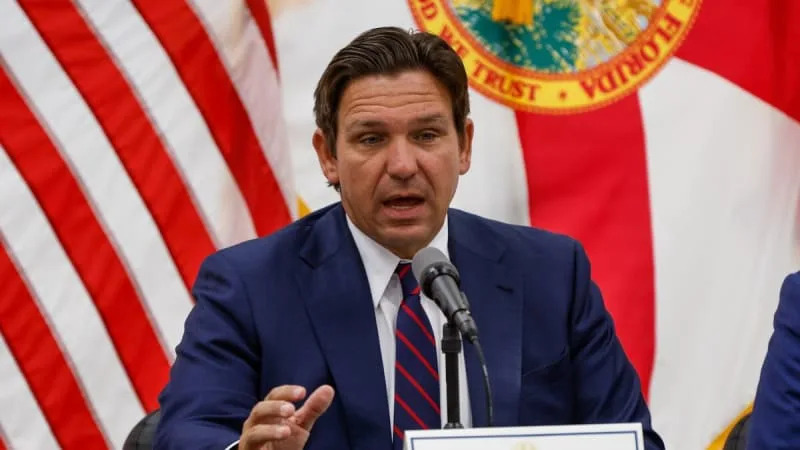
Themost recent surge in death warrant signings began in February, around the time DeSantis appointed Republican James Uthmeier as attorney general. Maria DeLiberato, executive director of Floridians for Alternatives to the Death Penalty, said she suspects Uthmeier is telling DeSantis which cases to choose.
Others say the spike in warrants is the result of a pause during the COVID-19 pandemic.
Neither DeSantis’ nor Uthmeier’s office responded to multiple requests for comment.
Advocates allege discrimination
Kayle Bates has been on Florida’s death row for 42 years. He is the next person scheduled to be put to death. Ahead of his Tuesday execution, his lawyers filed a lawsuit against DeSantis, alleging that Florida’s death warrant process is “infected with racial discrimination.”
Bates was convicted of the 1982 murder of Janet White, who was abducted from a State Farm insurance office where she worked. He was also convicted of kidnapping, attempted sexual battery and armed robbery.
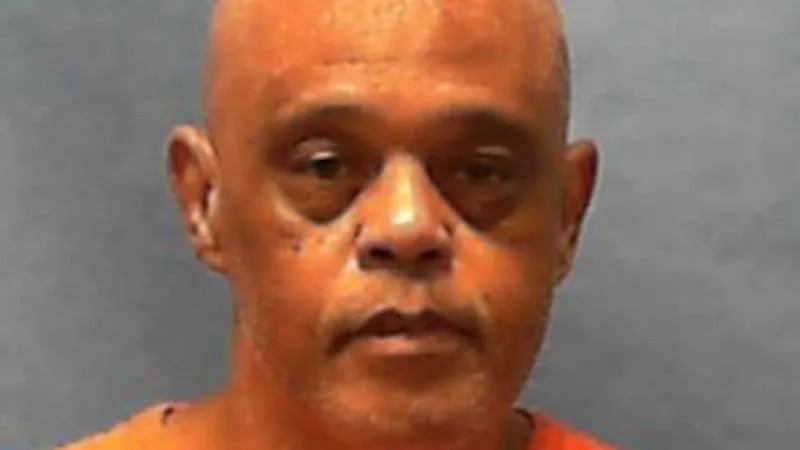
Bates, a Black Muslim man, was originally sentenced to death in 1983 by a jury in Bay County. After an appeal, he was re-sentenced to death in 1995 by a jury vote of 9-3.
His lawsuit, filed July 29in North Florida federal court, argues that DeSantis has overseen a warrant process that “disproportionately targets Black men and prioritizes cases involving white victims.”
Since the death penalty was reinstated in 1976, 88% of executions in Florida involved white victims, the lawsuit states. Of the 21 executions that DeSantis has authorized since taking office, 95% involved white victims, according to the suit.
Hours after Bates’ lawsuit was filed, DeSantis signed a death warrant for Curtis Windom, a Black man convicted of killing three Black victims.
“The governor used the race of the victims to defend against this claim of racism,” DeLiberato said.“I think everybody should be able to agree that if you’re going to have a death penalty, the decisions should be made fairly and equally.”
DeSantis’ motion to dismiss Bates’ lawsuit argues that four, or nearly 20%, of the inmates he has selected for execution have been Black, comparing that to a 15% Black population in Florida. The motion includes Windom as one of the four.
Advocates have also rallied against the signing of execution warrants for veterans on death row. Five veterans have been executed under DeSantis’ watch; Bates is poised to be the fourth veteran to die in 2025.

A coalition of veterans and anti-death penalty organizations gathered Wednesday morning in Tallahassee to deliver a letter to DeSantis urging him to stop signing warrants for veterans. The letter was signed by more than 130 veterans.
“Executing our nation’s warriors should call for deep soul searching,” Art Cody, director of the Center for Veteran Criminal Advocacy, said at a news conference. “We owe veterans better than what they are now receiving in Florida.”
Questions linger
Ultimately, no one knows why DeSantis is signing warrants at the rate he is or how he’s choosing which ones to sign.
“The kind of secrecy that surrounds everything about Florida’s executions has prompted a lot of serious questions about what process is being followed and why these executions are being scheduled in the way that they are,” said Robin Maher, executive director of the Death Penalty Information Center.
“The best person to answer those questions is the governor himself,” she said. “And he’s not talking.”
Times staff writer Dan Sullivan contributed to this report.



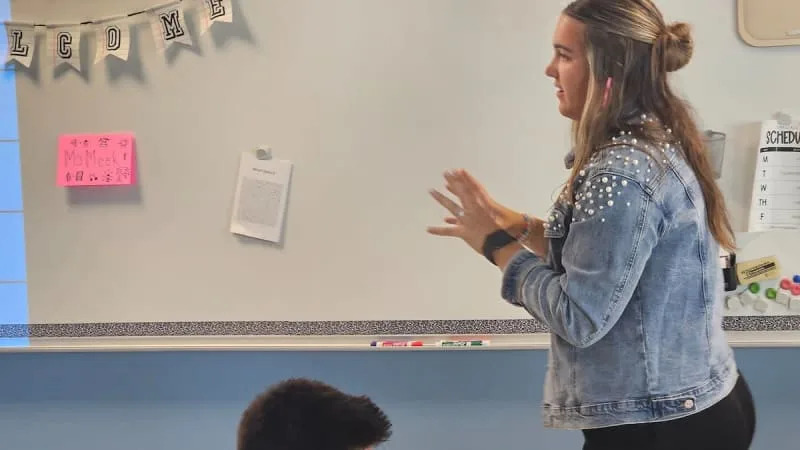
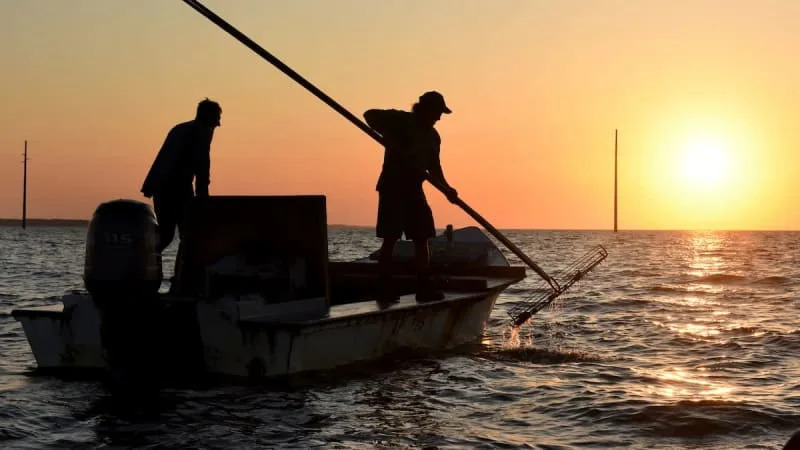
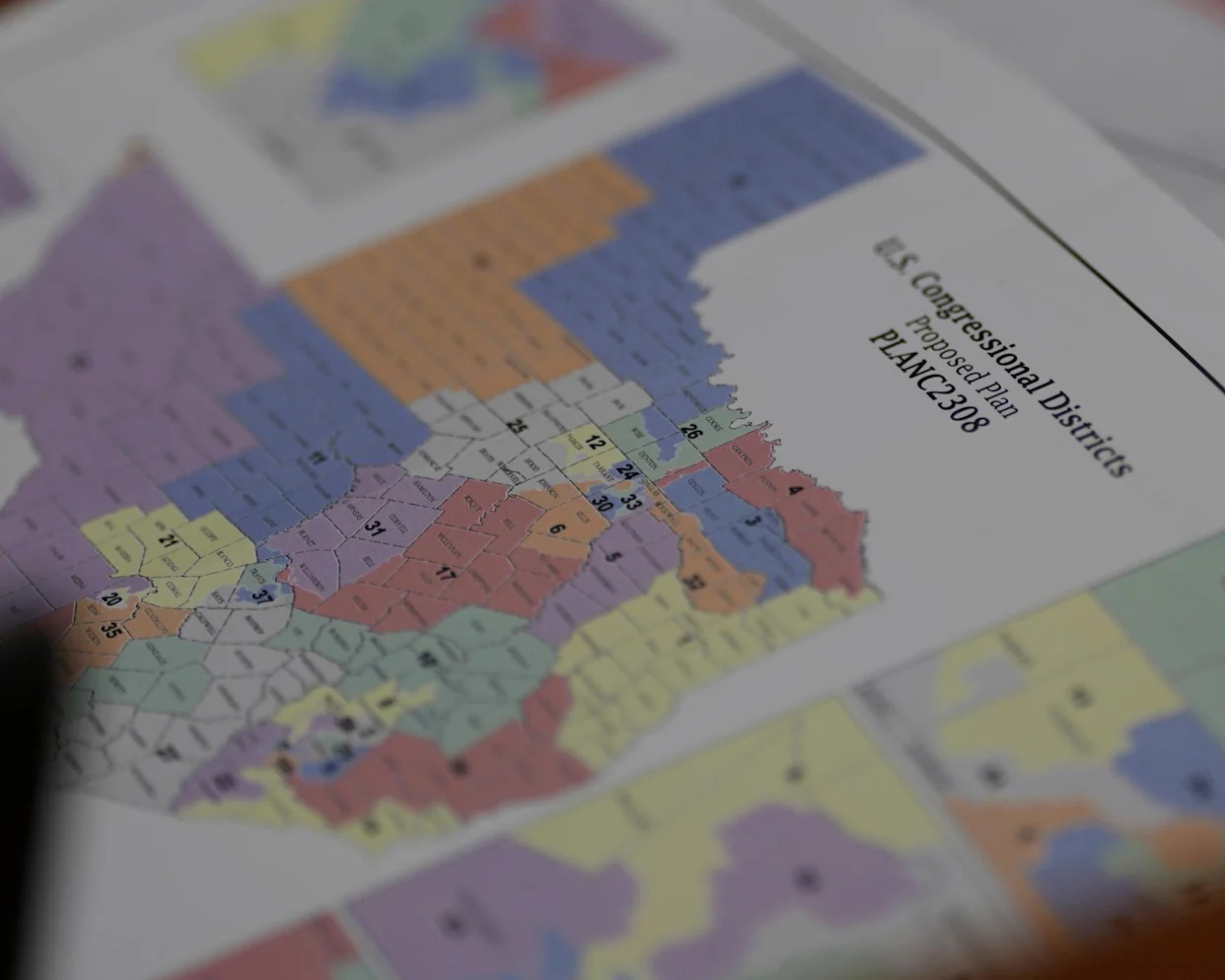


Comments